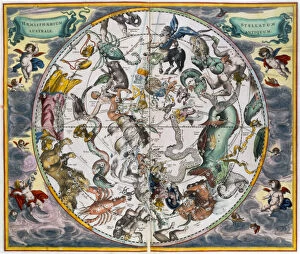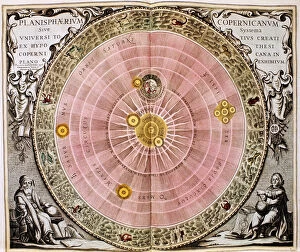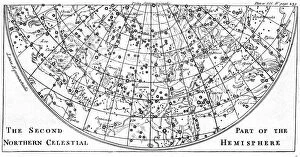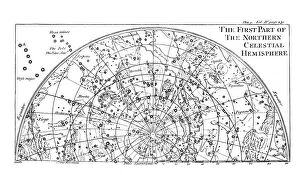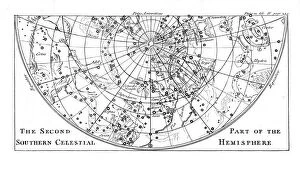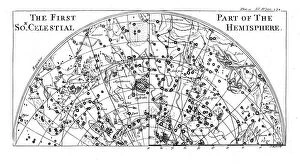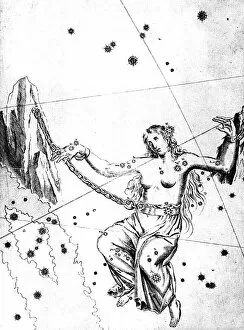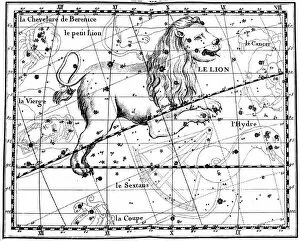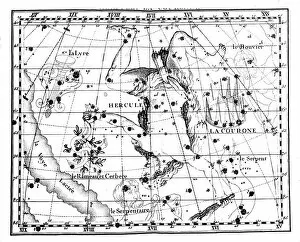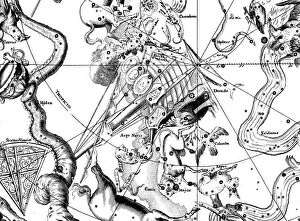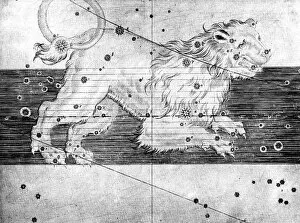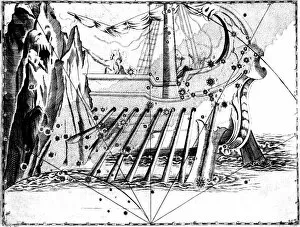Astronomical Map Collection
Discover the wonders of the universe through these captivating astronomical maps
For sale as Licensed Images
Choose your image, Select your licence and Download the media
Discover the wonders of the universe through these captivating astronomical maps. Step back in time to 1708, when Copernicus revolutionized our understanding with his heliocentric system, placing the Sun at the center of our Universe. Fast forward to 1903-09, and marvel at a globe depicting Mars, offering a glimpse into another celestial body. Immerse yourself in the beauty of the Southern Hemisphere with Andreas Cellarius' intricate map from 1660-1661. Every constellation meticulously illustrated, guiding explorers through the vastness of space. Witness how even centuries later, in 1747, star charts continued to captivate minds as they revealed both Northern and Southern Celestial Hemispheres adorned with constellations. Travel further into history as we reach 1761 and encounter yet another representation of Copernicus' groundbreaking theory. This time it's an educational plate from c1857 that presents a transparent Solar System for all to comprehend its complex mechanics. Gaze upon Andromeda's constellation from 1723; its ethereal beauty suspended among countless stars captures our imagination. Finally, let Jean Fortin's artistry transport you to 1775 as he brings Leo's majestic form alive on paper. These astronomical maps serve not only as navigational tools but also as windows into humanity's ceaseless quest for knowledge about our place in this vast cosmos.



